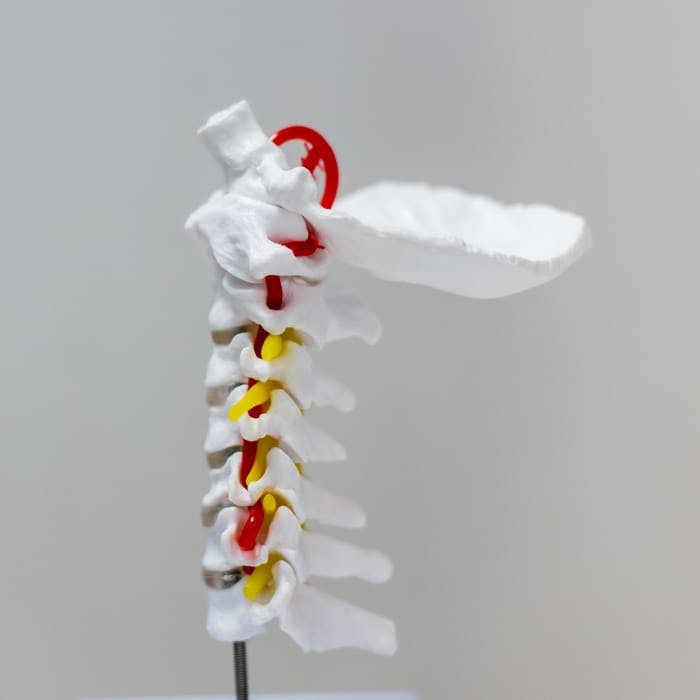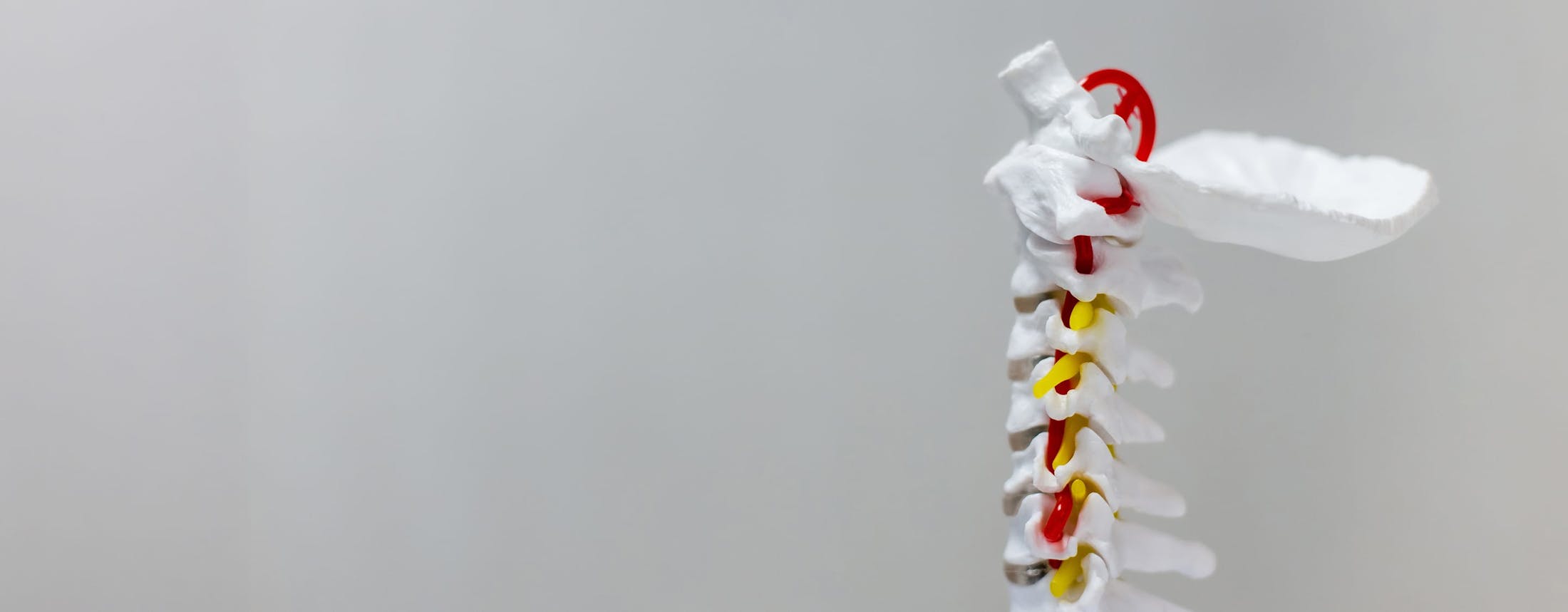A bulging disc occurs when one of the rubbery cushions between your vertebrae extends beyond its normal boundary, potentially leading to discomfort and pain. This condition can affect various areas of the spine and may result in nerve compression.
Diagnosis of Bulging Discs
At Gerling Spine Care and Research Institute, diagnosing a bulging disc begins with a comprehensive evaluation. This may include a detailed medical history, physical examination, and imaging tests such as MRI or CT scans. These diagnostic tools help identify the location and extent of the bulging disc, as well as any nerve compression that may be occurring.







